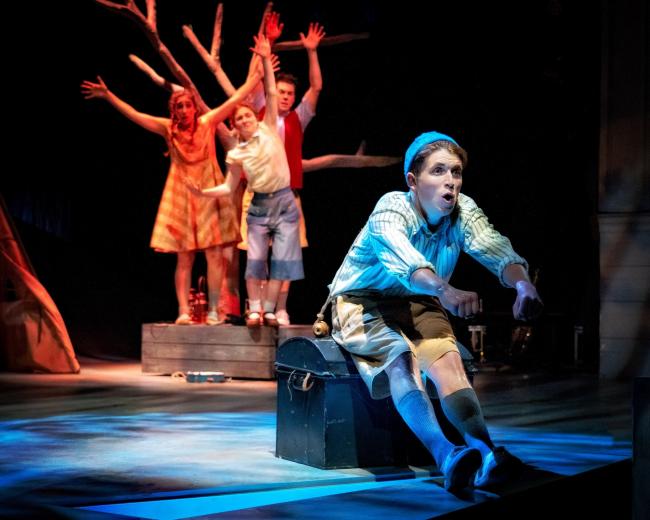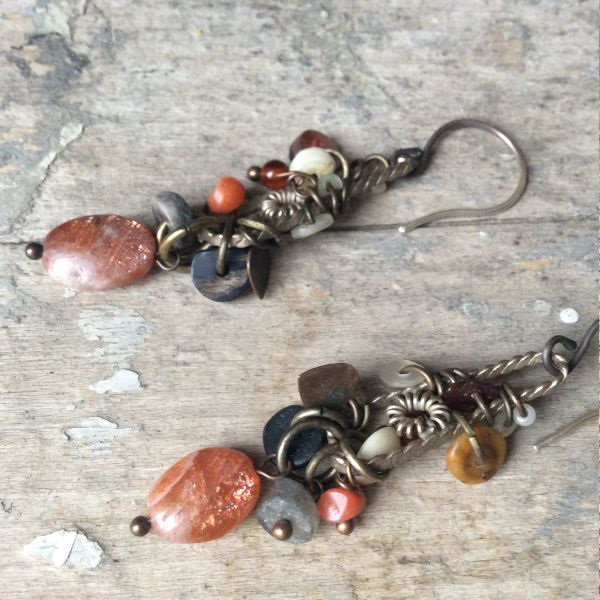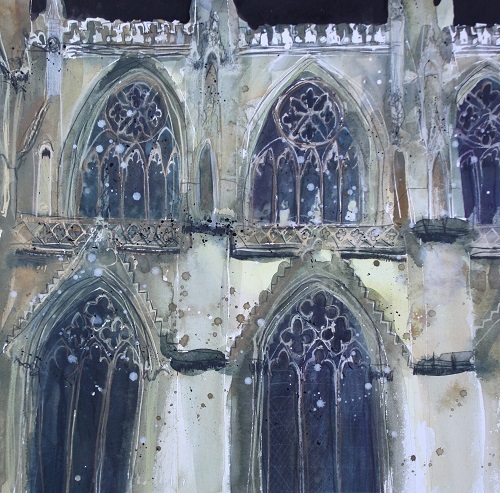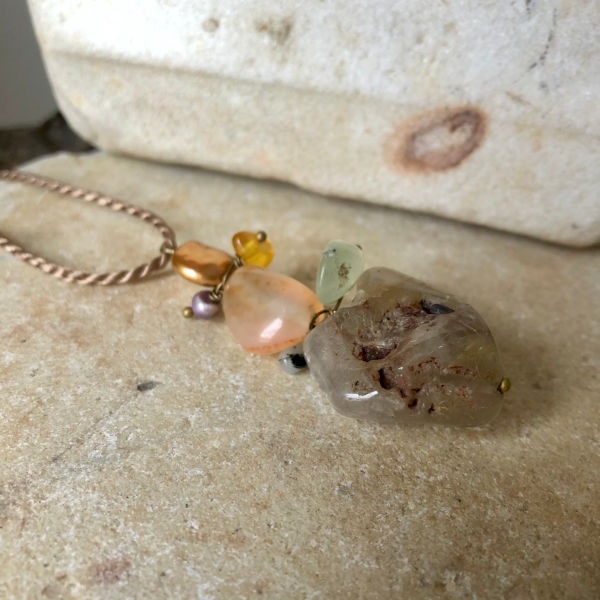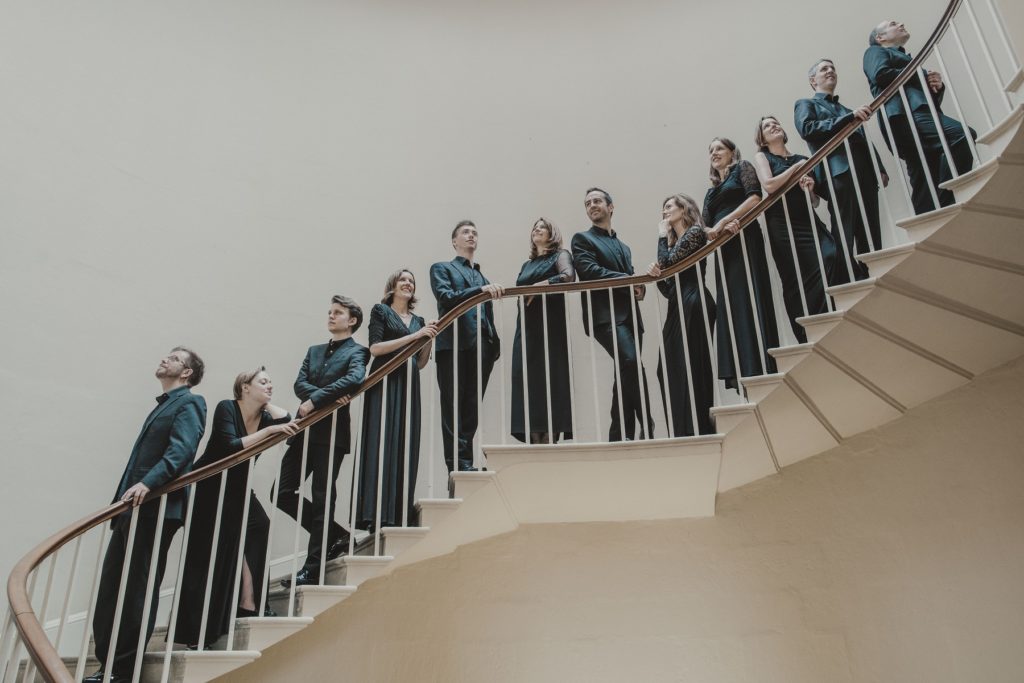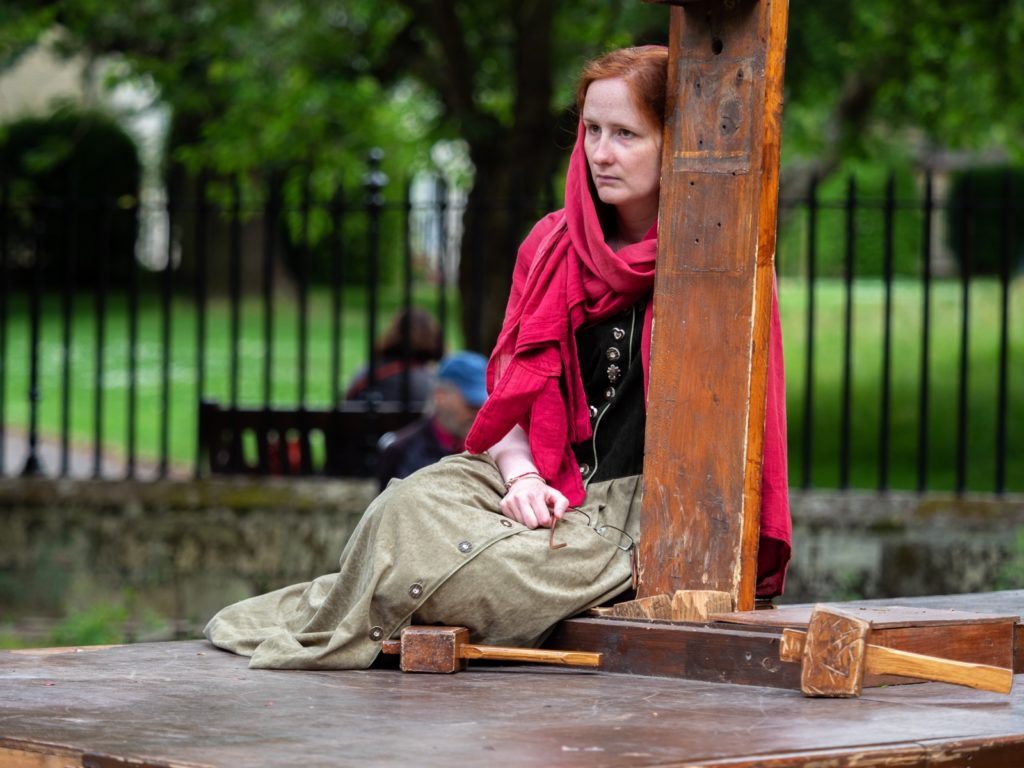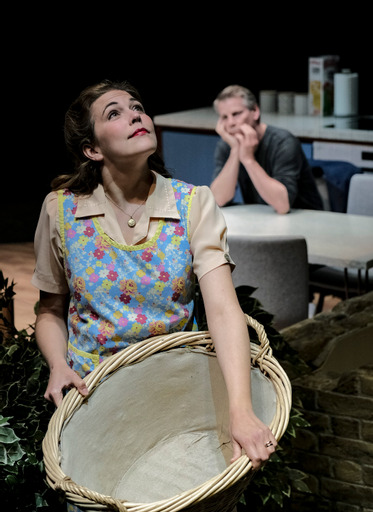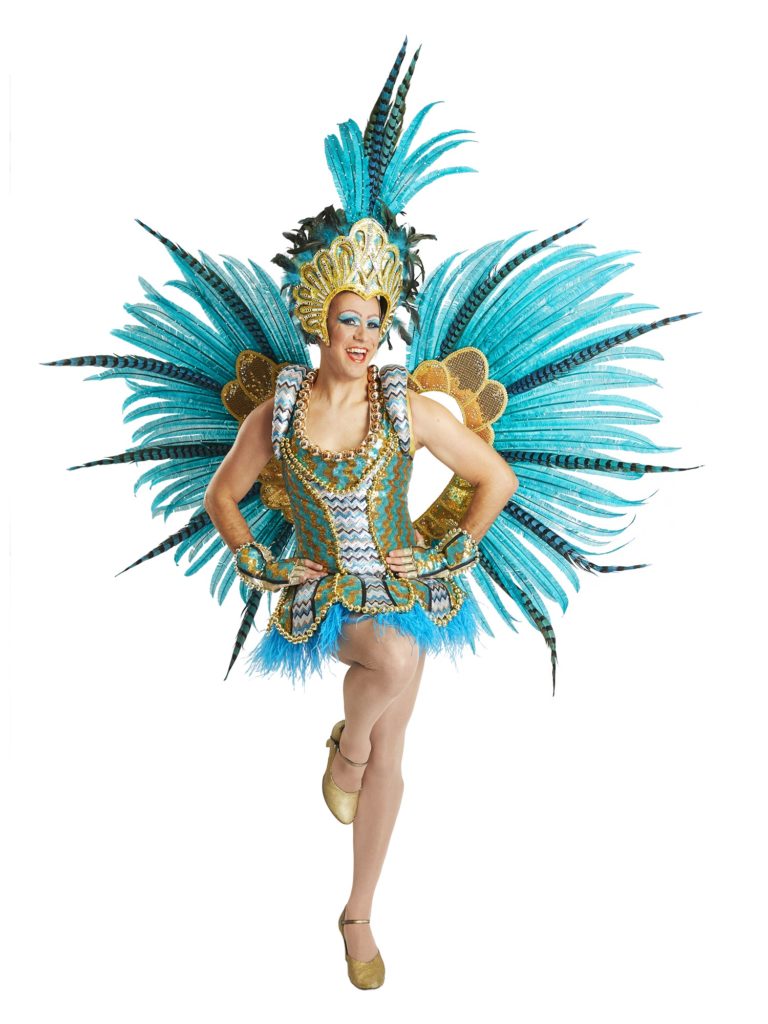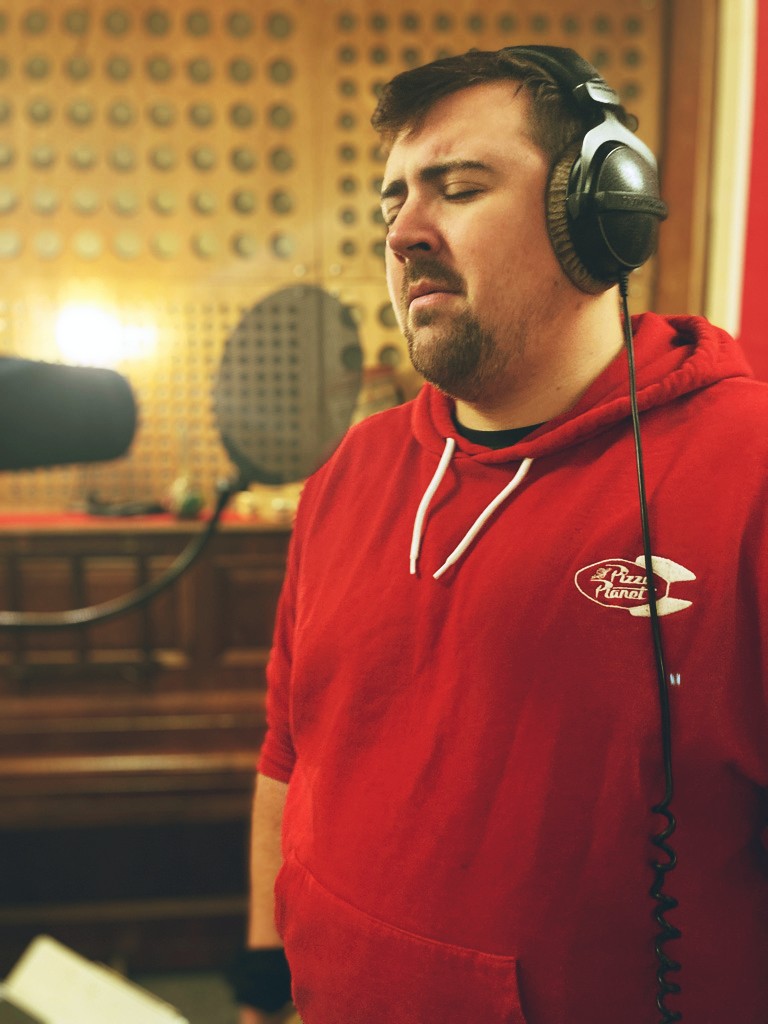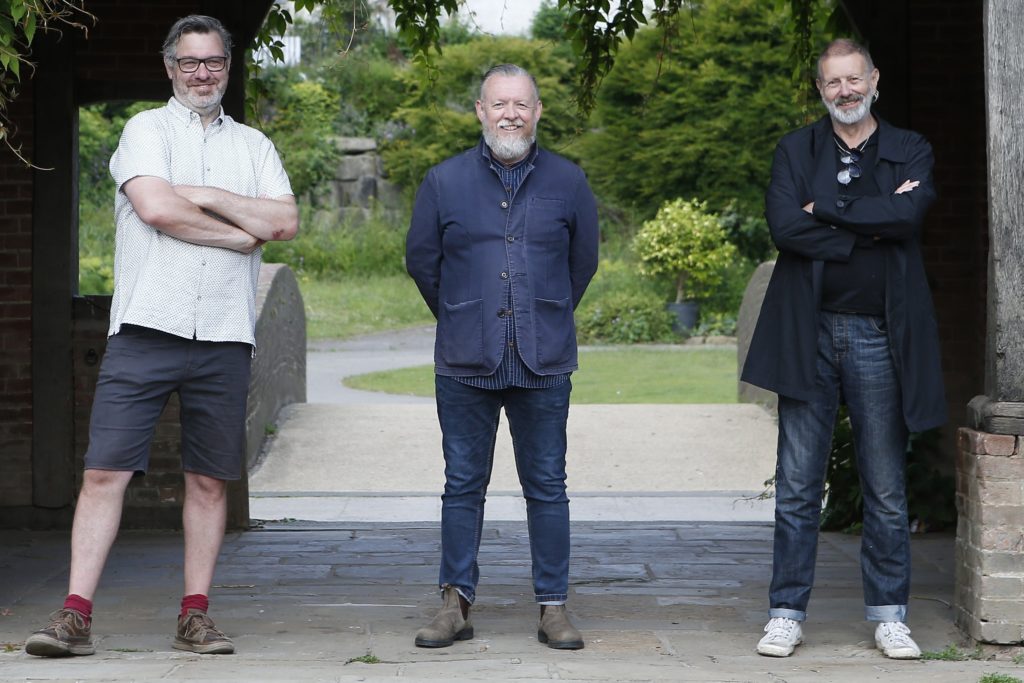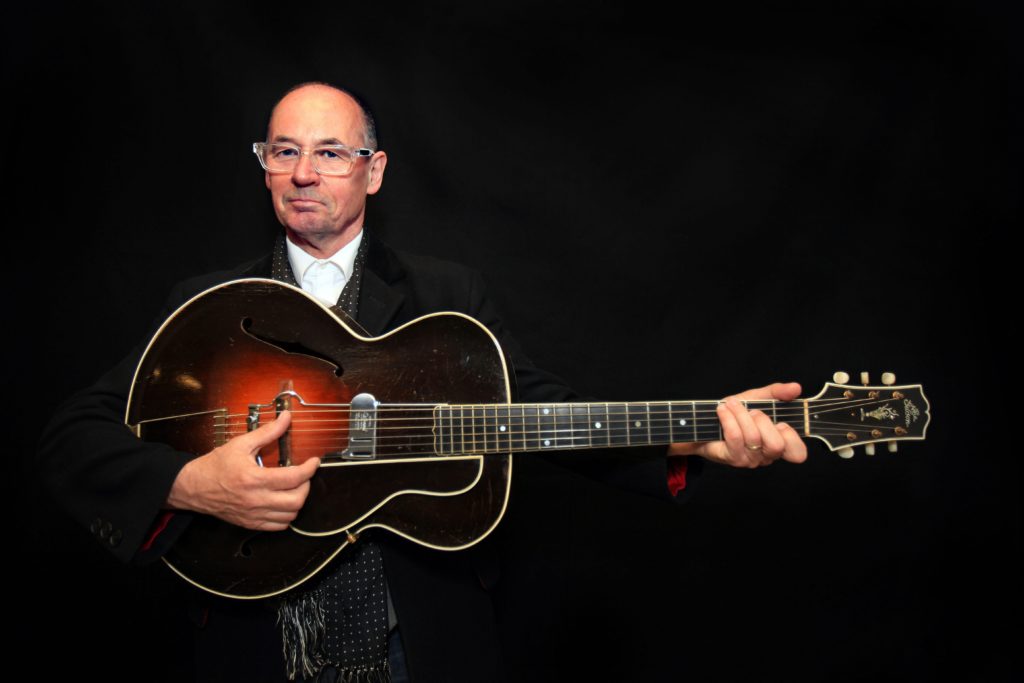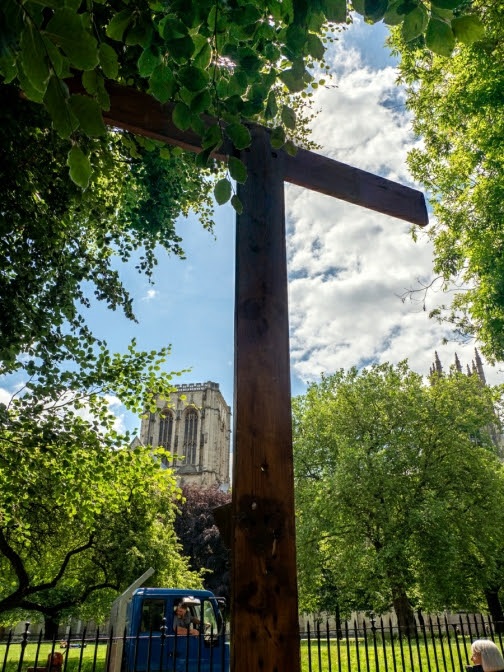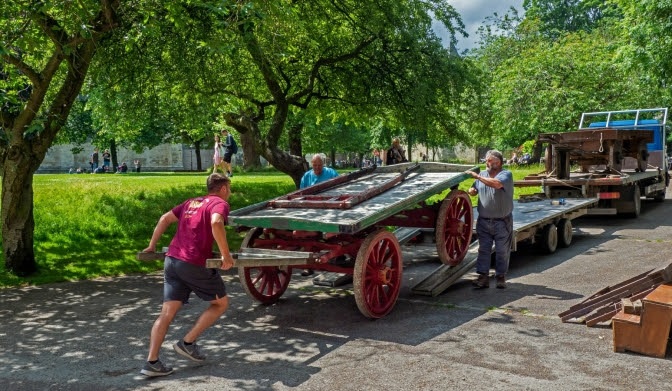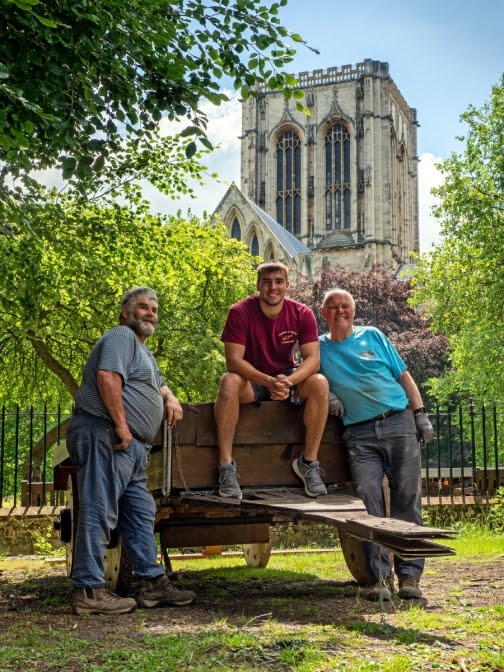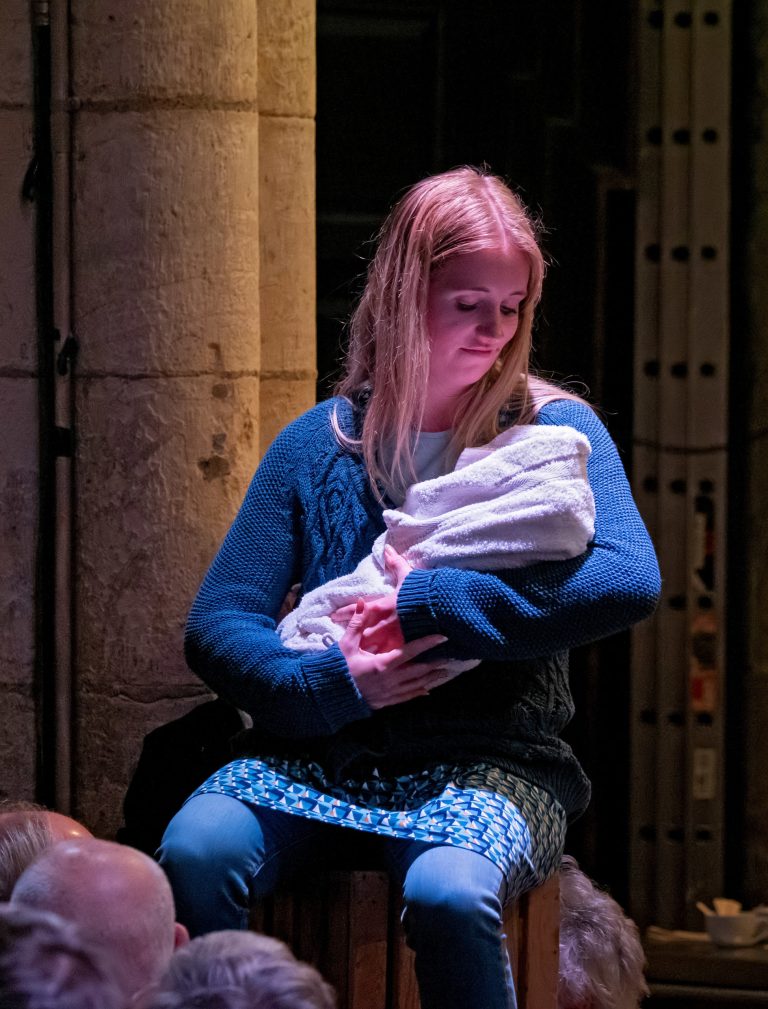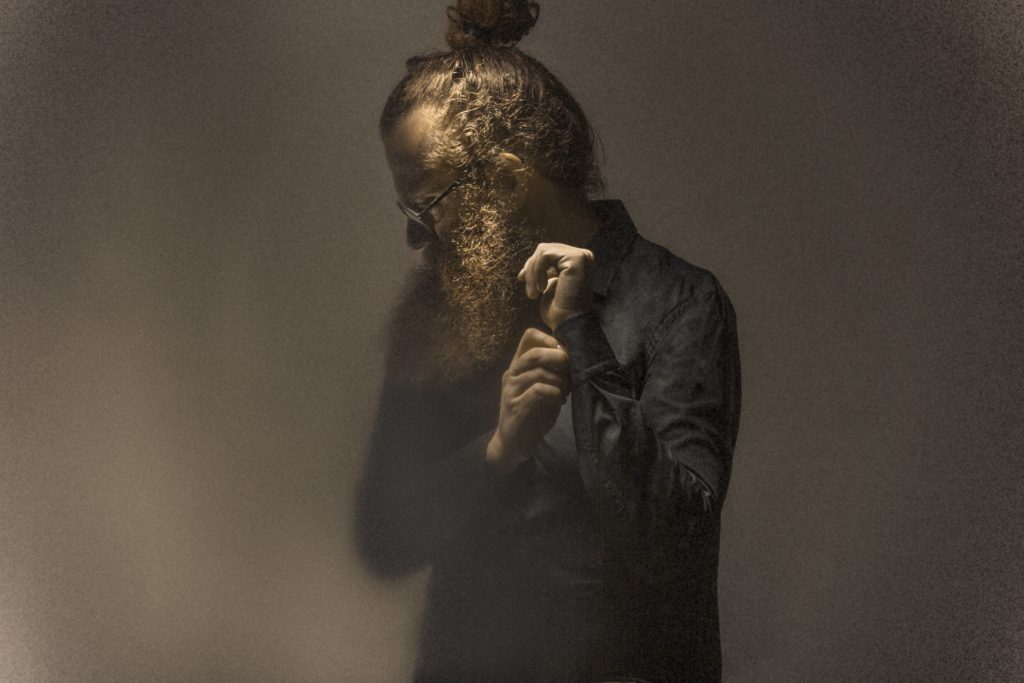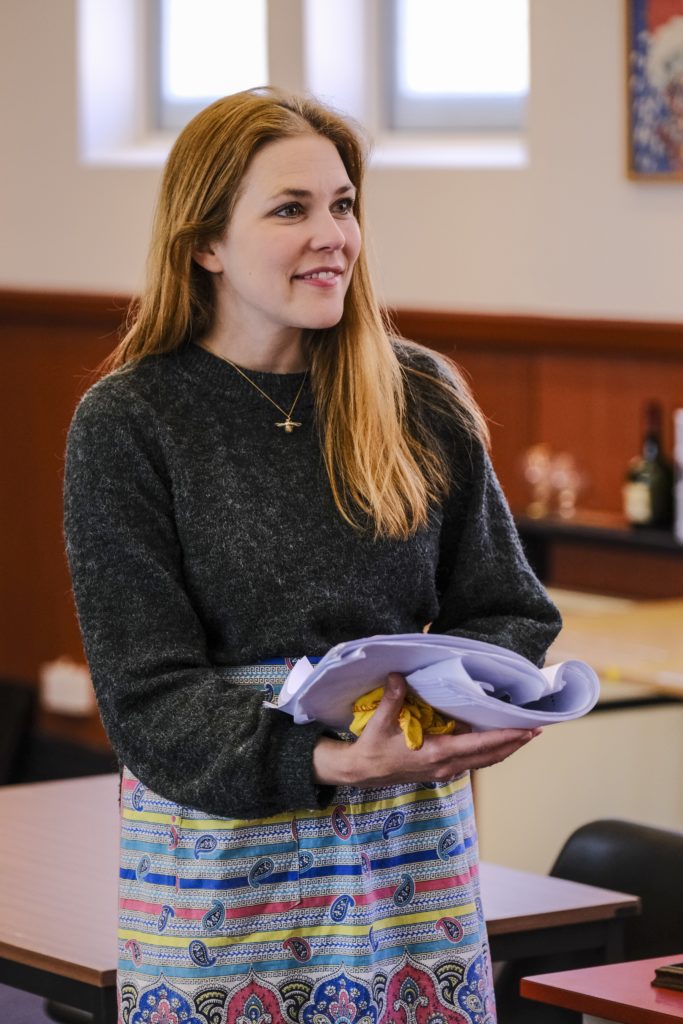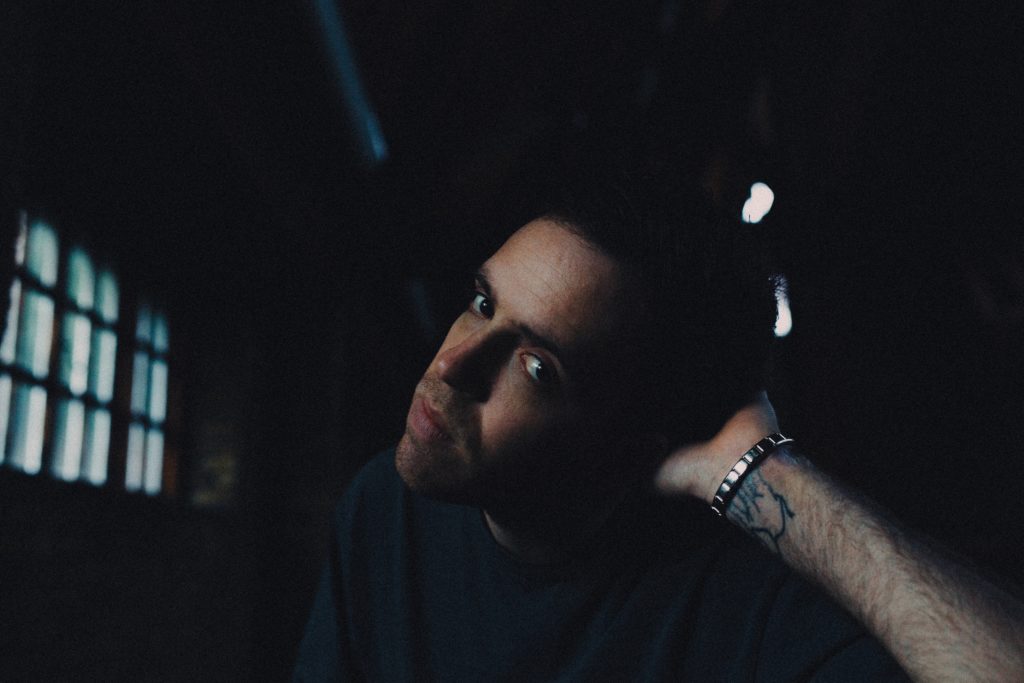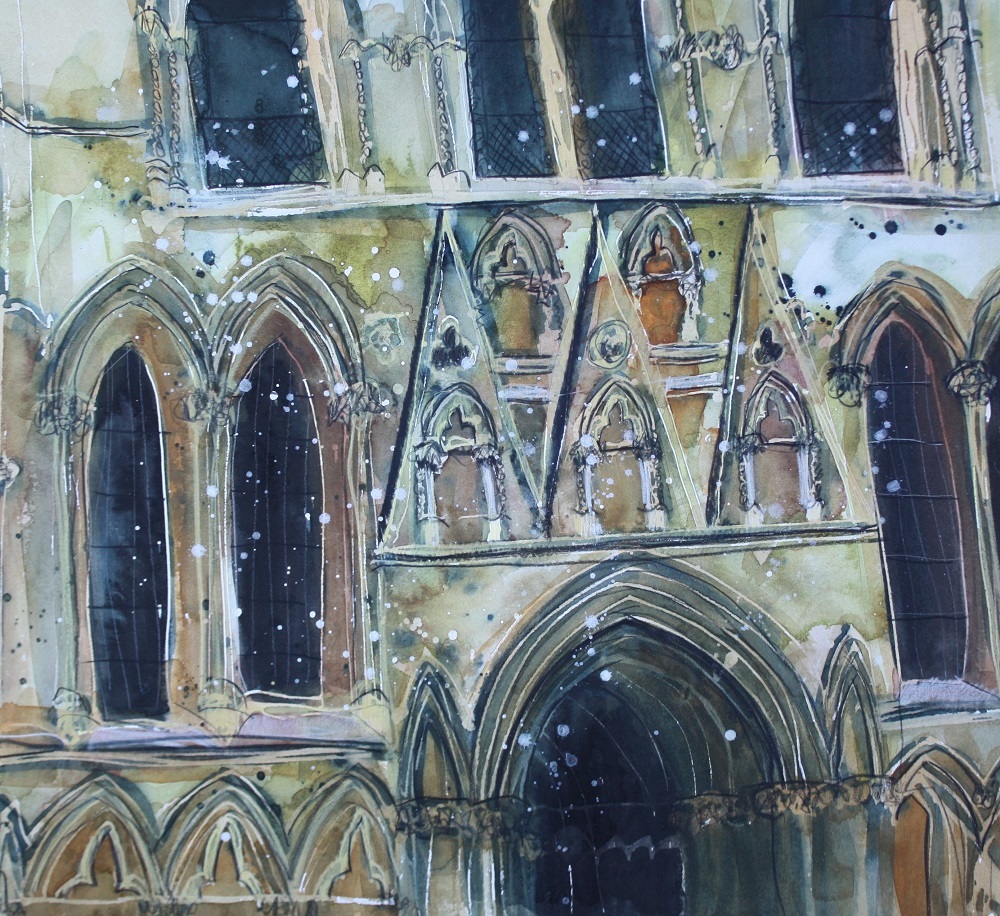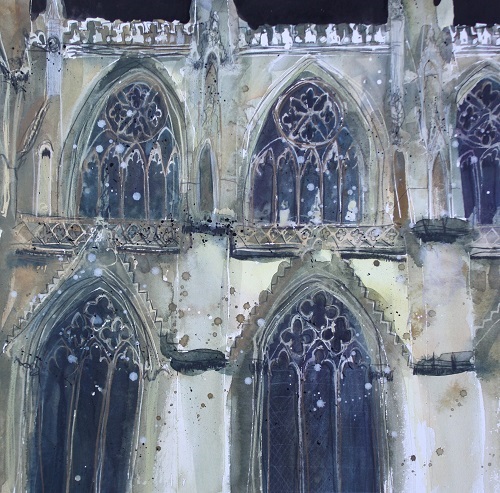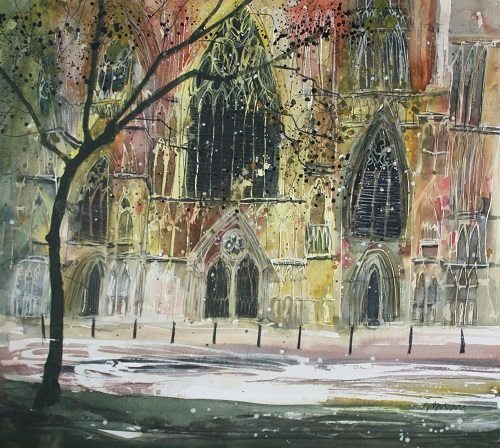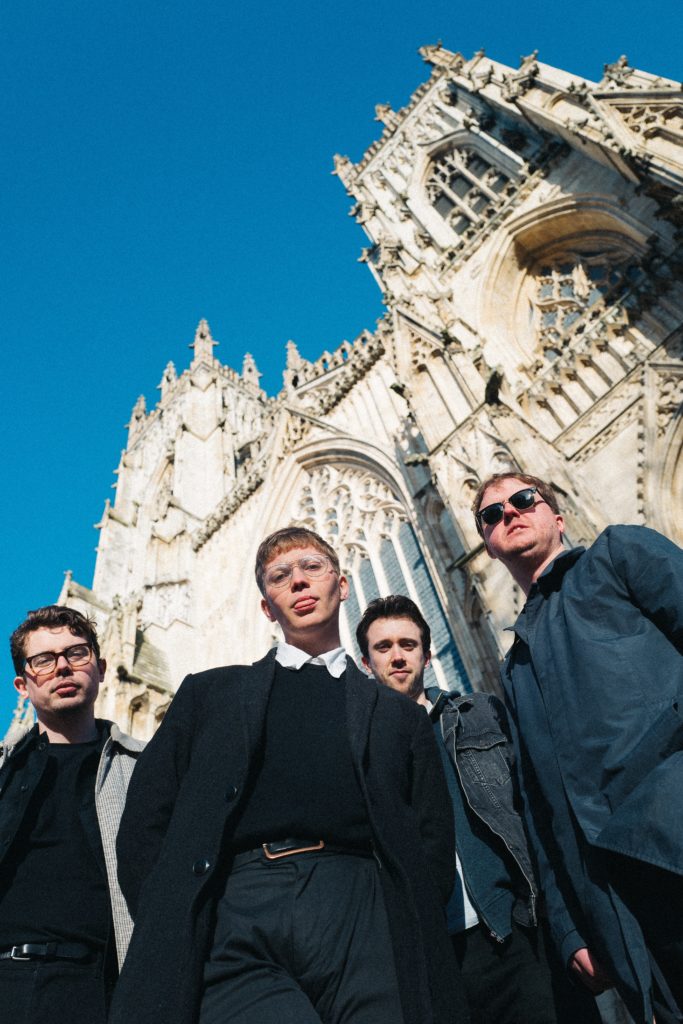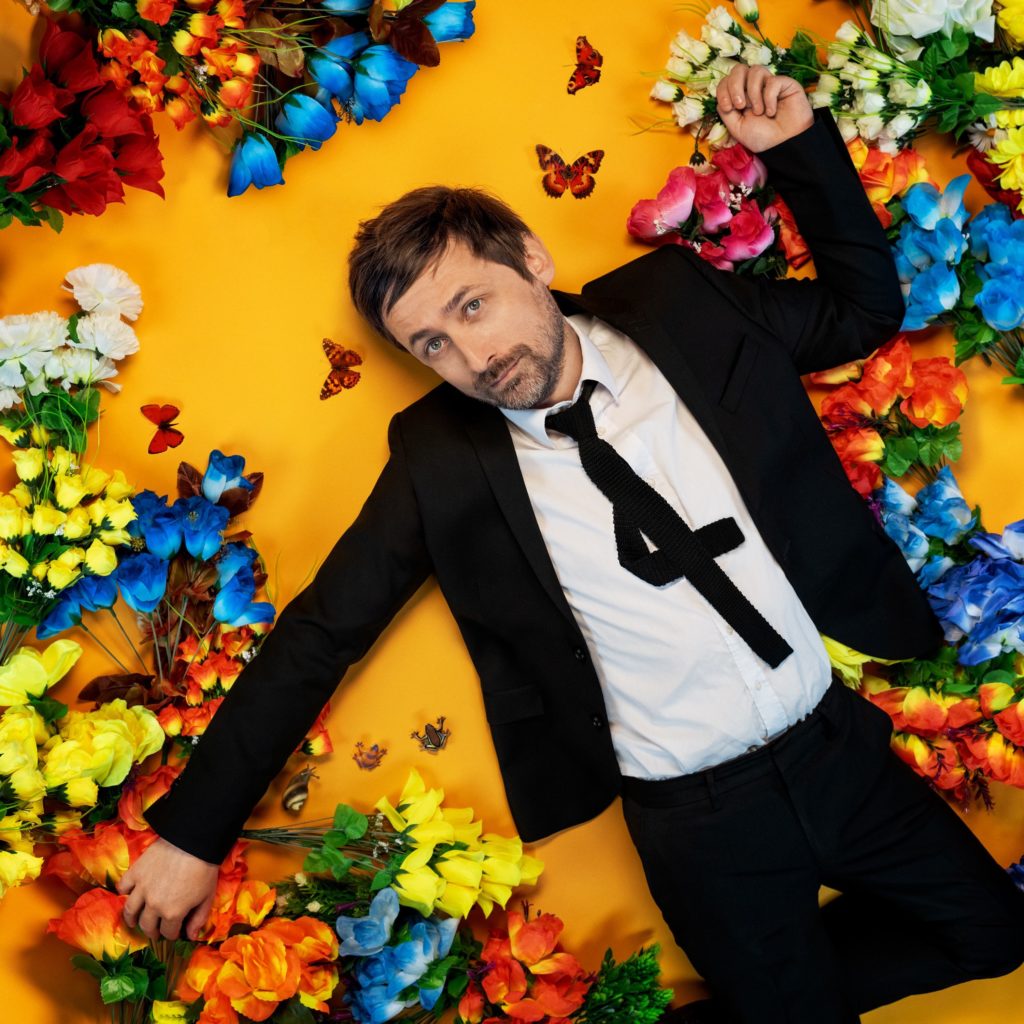
THE Divine Comedy’s Neil Hannon will play York Barbican on April 30 next spring in his first York concert since May 2011.
That bygone night, the Irish chamber-pop leprechaun performed at York Minster, but the “divine” in The Divine Comedy was not the reason he could be found in northern Europe’s largest Gothic cathedral.
The Dean and Chapter had agreed to allow Tribeca Arts impresario Ben Pugh to run a series of rock/world concerts in the Minster, and if Hannon let slip a couple of X-rated words – one to describe Minster arsonist Jonathan Martin, the other in a lyric – the wrath from above did not befall him. He looked up heavenwards only when sipping red wine from a glass, mouthing “sorry” playfully.
His return to York next spring will follow the February 4 2022 release of Charmed Life – The Best Of The Divine Comedy, marking the completion of the Northern Irish singer, songwriter, musical score composer and cricket enthusiast’s third decade as a recording artist.
This 24-track, career-spanning compilation of hit singles and fan favourites, compiled by Hannon and remastered at Abbey Road Studios, London, takes in such eloquent, often mischievously humoured landmarks as National Express, Something For The Weekend, Songs Of Love, Our Mutual Friend, A Lady Of A Certain Age, To The Rescue and Norman And Norma, complemented by the new composition The Best Mistakes.
“I’ve been luckier than most,” reflects 50-year-old Hannon. “I get to sing songs to people for a living and they almost always applaud. So, when asked what to call this collection I thought of Charmed Life. I like the song and it rather sums up how I feel about my life.”
The career retrospective will be available as a 24-track standard double CD; on double heavyweight black vinyl in a gatefold sleeve; on limited-edition double heavyweight colour vinyl in a gatefold sleeve and as a limited-edition triple CD edition, bolstered a “Super Extra Bonus Album” of new and unreleased recordings.
Discussing the bonus disc, Hannon says: “It felt right to celebrate 30 of The Divine Comedy. I can’t give you an overview of these songs. They’re a crazy mixed-up bunch. Some are strangely seasonal, some relate to what we’ve all been going through recently, some are just nuts. Enjoy!”

Hannon signed his first record deal at 20 in1990, subsequently releasing 12 albums and performing hundreds of shows. He will add to that tally with 19 British and Irish dates next April and May, when he will play a second Yorkshire show at the Victoria Theatre, Halifax, on May 13.
“I am so looking forward to playing live again,” says Hannon. “The last couple of years have been a reminder of how much it means to me personally. It really is my favourite thing. And it seems fitting that we’ll be coming back with a greatest hits set. You know, in case everyone’s forgotten who I am and what we do!”
Tickets go on sale at 10am on Friday (10/9/2021) at yorkbarbican.co.uk and victoriatheatre.co.uk.
Track listing for Charmed Life:
Charmed Life; National Express; Norman And Norma; Something For The Weekend; Songs Of Love; The Best Mistakes; At The Indie Disco; Bad Ambassador; A Lady Of A Certain Age; Becoming More Like Alfie; Come Home Billy Bird; Have You Ever Been In Love; Our Mutual Friend; Generation Sex; How Can You Leave Me On My Own; Perfect Lovesong; Your Daddy’s Car; You’ll Never Work In This Town Again; Absent Friends; Everybody Knows (Except You); The Certainty Of Chance; Sunrise; To The Rescue; Tonight We Fly.
Track listing for Bonus deluxe 3CD/deluxe digital disc:
I’ll Take What I Can Get; Don’t Make Me Go Outside; Who Do You Think You Are; The Adventurous Type; When When When; Home For The Holidays; Te Amo España; Perfect Lovesong 2021; Simple Pleasures; Those Pesky Kids.
Did you know?
THE last time Neil Hannon’s compositions were heard on a York stage was in the Theatre Royal’s August 2019 production of Swallows And Amazons, a play with music that affirmed Hannon as a songwriter always ripe for musical theatre in the Flanders & Swann and Stiles & Drewe mode, with even a pinch of Sondheim salt and Randy Newman pepper.
